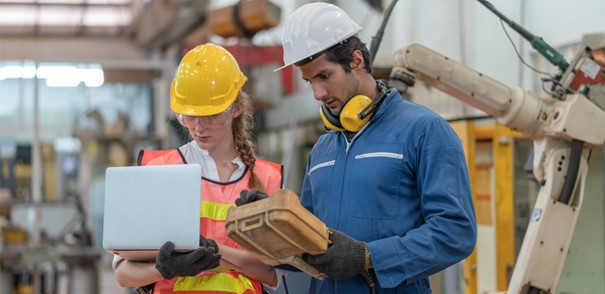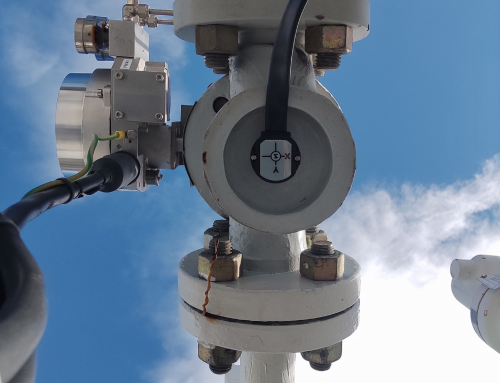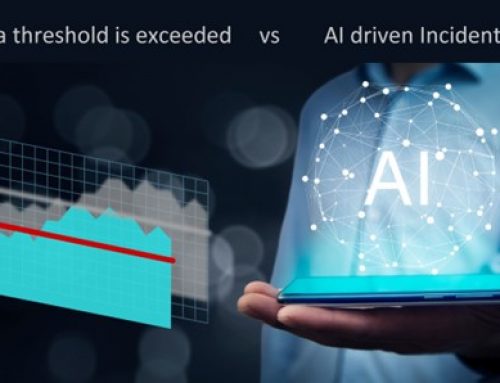In the context of predictive maintenance, remote control of IoT used for machine monitoring has become a vital element. In an industrial setting, this remote interaction with machines not only allows for real-time data collection but also the modification of the nature of the collected information according to the specific needs of each situation.
All of the following features are offered as standard by our solution.
Here’s why:
Flexibility in the frequency of information acquisition
Adjusting the frequency of information acquisition according to needs may seem obvious, but performing this task remotely is not so straightforward. Yet, it is a necessity as all machines do not need to be monitored with the same intensity. For example, a machine operating at a constant regime may only need periodic checks, while another, used sporadically or with a complex cycle, requires adapted monitoring.
Adjustment of the type of data collected for a more relevant analysis
One of the main advantages of remote interaction with connected objects is the ability to modify the collected elements. This means that we can tailor the collected data to the specific situation of each machine. This adaptability significantly improves the quality of the analysis, providing precise and relevant information for each case.
Possibility of in-depth investigation
Another major advantage of remote interaction is the ability to focus the investigation on specific elements. For example, if a machine exhibits unusual behavior, it is necessary to reconfigure the analysis to collect specific information on this particular aspect, such as a more targeted band of acoustic or vibratory frequencies. This allows the monitoring to be adapted according to the use of the machine in a particular industrial process, thus minimizing downtime and optimizing productivity. And it might even avoid unnecessary trips to carry out an on-site check.
Connected objects: a necessity in the face of machine diversity
As we mentioned in previous articles, the great diversity of industrial machines, both in terms of design and use, makes the use of highly interactive connected objects indispensable. Their ability to adapt and specialize enables more accurate and efficient monitoring of each machine.
Evolution towards specialized monitoring
Artificial intelligence brings great value to machine monitoring. However, for these improvements to continue, access to specialized and variable data is needed. A machine can have an infinite number of behaviors depending on its use and the process for which it is used.
The union of three key elements
Thus, for intelligent and effective monitoring of an industrial machine, it is now impossible to dissociate these three elements:
- Analyze: Interpret the collected data to understand the current state of the machine and anticipate potential problems.
- Alert: Establish an effective alert system to signal any potential anomalies or failures.
- Investigate: Be able to focus on specific aspects and conduct more in-depth investigations when necessary
In summary, remote interaction with connected objects is not just a luxury; it has become a necessity for effective predictive maintenance in today’s industry.
I invite you to consider this element before choosing the solutions that will monitor your machines on your behalf.



